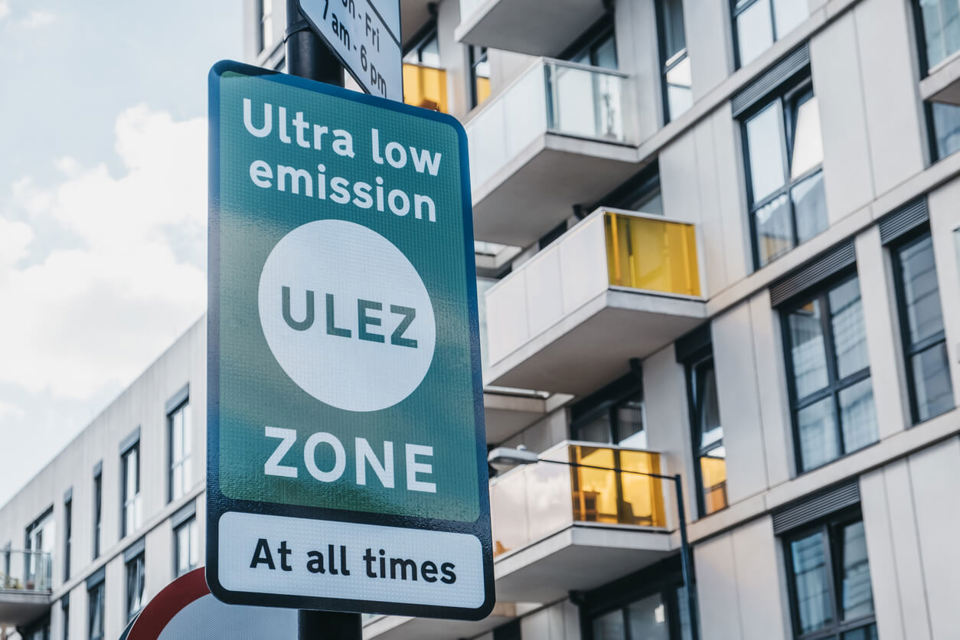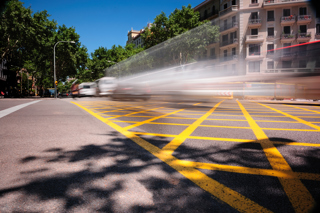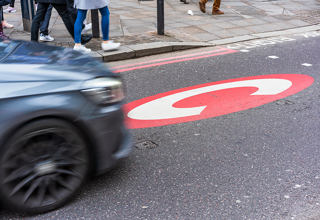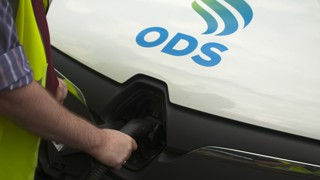Compliance levels for the expanded ultra-low emission zone (ULEZ) in London have increased faster than expected, new data suggests.
Figures from Transport for London (TfL) show that 96.2% of all vehicles subject to the ULEZ recorded driving in London are now compliant, up from 90.9% in June 2023.
The expanded ULEZ, which went live on August 29, last year, covers all London boroughs, meaning motorists driving a non-compliant car or van face £12.50 daily charge to drive into the zone.
To comply with the expanded ULEZ, petrol cars and vans must be Euro 4 and diesel cars and vans must be Euro 6. Motorcycles and mopeds must be Euro 3.
The data, which covers the first six months of the ULEZ expansion, also shows there are fewer older, more polluting vehicles driving in London, with 90,000 fewer non-compliant vehicles detected on an average day in February 2024 compared to June 2023, representing a 53% reduction in non-compliant vehicles in the first six months of operation.
Mayor of London, Sadiq Khan, says that the ULEZ is working even “better than expected”.
He continued: “The expansion to outer London is already having a significant effect – driving down levels of pollution, taking old polluting cars off our roads and bringing cleaner air to millions more Londoners.”
Within the outer London ULEZ area, NOx emissions from cars and vans are estimated to be 13% and 7% lower than a scenario without the expansion, according to City Hall. This is equivalent to removing 200,000 cars from the road for one year.
In addition, PM2.5 exhaust emissions from cars in outer London are estimated to be 22% lower than without the expansion (6% more than expected).
Furthermore, it says that NOX emissions savings in outer London now represent over 90% of the total emission reductions seen in London as a result of the London-wide expansion.
NO2 levels in outer London are also estimated to be 21% lower, while in central London there has a 53% reduction and in inner London they are estimated to be 24% lower.
Christina Calderato, director of strategy at Transport for London (TfL), said: “London is leading the way in improving air quality, with today’s report showing that harmful NOx pollutants from cars are estimated to be 13% lower than a scenario without the ULEZ.
“This, along with reductions from vans, amounts to a total reduction of 424 tonnes in NOx emissions.”
She added: “We know that toxic air is associated with increased risks of asthma, cancer and dementia, and that it disproportionately affects poorer Londoners, and those from black, Asian and minority ethnic communities.
“With the greatest number of deaths attributable to air pollution occurring in outer London, it’s great to see these results since the ULEZ was introduced London-wide.”
The publication of the new data comes after both the Greater London Authority (GLA) and TfL were censured by the Advertising Standards Authority (ASA) for air quality claims made in adverts arguing for the expansion of ULEZ.
A further evaluation of the ULEZ is expected in early 2025, which will examine the first full year of the London-wide ULEZ expansion.
The one-year report will be supported by an independent advisory group of experts and provide analysis of the air quality and traffic impacts of the scheme.

























Login to comment
Comments
No comments have been made yet.